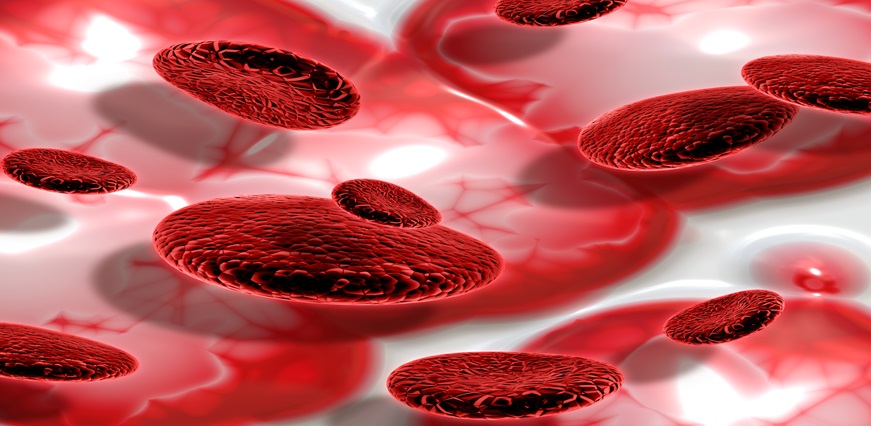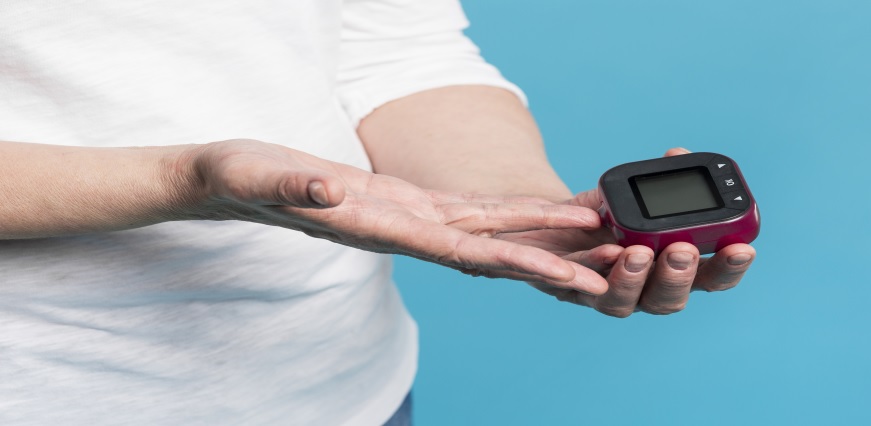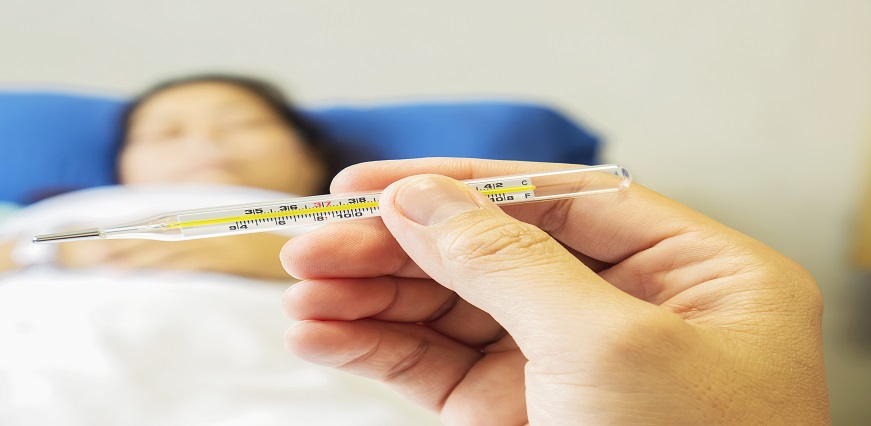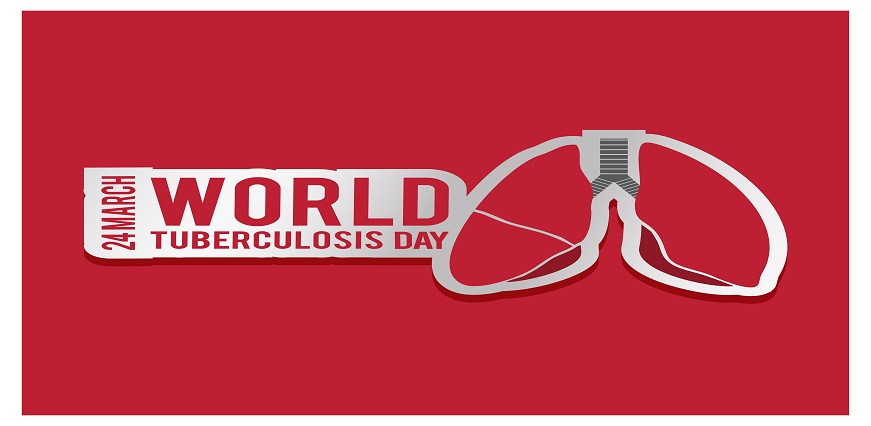





No lab centers are available in this city

Max Lab
Nov 11, 2022
A blood clot in the brain is a serious condition, which can be either traumatic or non-traumatic. It will depend on the cause of the blood clot. Symptoms include headache, dizziness, and nausea. Read more to learn how to identify and prevent the condition.
Blood clots in the brain can have serious, sometimes fatal, consequences. There are two main types of blood clots in the brain: intracerebral and subarachnoid. These clots are often a result of reduced blood flow to the head. The article will explore how these clots form, their symptoms and possible treatments available.
A blood clot is a collection of blood that has congealed. Clots can occur in any part of the body, but most commonly form in the extremities, such as the legs or arms. When a blood clot forms, it can block the flow of blood to the area and cause serious medical problems.
Blood clots are a serious medical condition that can be life-threatening. If you think you may have a blood clot, it is important to seek medical help immediately.
If you have a blood clot in your brain, it is important to seek medical treatment immediately. There are a number of ways to treat a blood clot in the brain, and the most appropriate treatment will depend on the individual situation.
One common treatment for a blood clot in the brain is anticoagulant medication. This type of medication works by preventing the formation of new clots and breaking down existing clots. Anticoagulants can be given intravenously (through an IV) or orally (in pill form).
Another option for treating a blood clot in the brain is surgical intervention. This may involve removing the clot directly or placing a device such as a stent to keep the artery open and improve blood flow. Surgery carries its own risks, so it is important to discuss all options with your doctor before making a decision.
In some cases, simply monitoring the clot may be the best course of action. This is typically only an option if the clot is small and not causing any symptoms. Your doctor will closely monitor your condition and may order regular imaging tests to check on the status of the clot.
With our offerings in line with government-mandated prices, Maxlab offers full body checkup packages that cover an exhaustive list of tests for a comprehensive diagnosis of your health. Choose from a range of health test packages based on your needs.
A stroke can be brought on by a blood clot in the brain. Symptoms of a stroke may include:
There are many different types of blood clots, and they can occur in anyone at any age. The most common type of blood clot is a venous thromboembolism (VTE), which occurs when a blood clot forms in a vein. VTEs can be dangerous because they can travel to the lungs and cause a pulmonary embolism (PE), which can be fatal.
While anyone can develop a VTE, there are certain factors that increase your risk. These include:
There are many things you can do to prevent blood clots from forming. First, if you are at risk for developing blood clots, your doctor may prescribe medication to help prevent them. Take your medication exactly as prescribed.
Second, you can help prevent blood clots by staying active and moving around as much as possible. If you must sit or stand for long periods of time, take a break every few hours to move around and stretch your legs.
Third, wear loose-fitting clothes and shoes that do not constrict your circulation. fourth, if you smoke, quitting smoking will greatly reduce your risk of developing blood clots.
Finally, eat a healthy diet and maintain a healthy weight. Eating foods that are high in fiber and low in saturated fat can help keep your arteries clear and reduce your risk of developing blood clots.
A blood clot in the brain is a very serious condition that can lead to a number of potentially life-threatening complications. If not treated promptly and correctly, a blood clot in the brain can cause a stroke, which can result in permanent neurological damage or even death. Additionally, a blood clot in the brain can also cause an aneurysm (a weak spot in the wall of a blood vessel that bulges and fills with blood) to rupture, which can also be fatal.
Prompt treatment is essential if you suspect that you or someone else has a blood clot in the brain. Some of the symptoms of a blood clot in the brain include: severe headache, dizziness, nausea and vomiting, seizures, vision problems, and/or paralysis. It's crucial to get medical help right away if you develop any of these symptoms.





Our bodies possess an intricate network of blood vessels that carry vital nutrients and oxygen to every nook and cranny. However, sometimes these pathways can become obstructed by a blood clot—a gel-like mass formed when blood platelets clump together.
Symptoms Include:
The length of time it takes to recover depends on several factors, including the size and location of the clot, as well as the overall health of the individual. In some cases, recovery can take weeks or even months. During this time, individuals may need medical intervention such as medications to dissolve the clot or surgery to remove it.
The consequences can be severe and potentially life-threatening. When a blood clot blocks an artery in the brain, it cuts off the oxygen supply to that area, leading to a condition called ischemic stroke. This can result in significant damage to brain tissue.
First and foremost, staying active is crucial. Regular exercise not only improves overall health but also helps to improve circulation. Taking breaks throughout the day to move around and stretch can also make a big difference.
The presence of a blood clot in the brain is indeed a serious medical condition that requires immediate attention. The brain relies on a constant supply of oxygen and nutrients delivered through the bloodstream. When a blood clot forms and blocks an artery or vein in the brain, it can disrupt this vital flow, leading to potentially life-threatening consequences.
The duration of a blood clot in the brain can vary depending on several factors, including the size and location of the clot, as well as individual health factors. In some cases, small clots may dissolve on their own within a few days or weeks.












Sign up takes less than 60 secs and gives you access to your offers, orders and lab tests.
Looks like you are not registered with us. Please Sign up to proceed
OTP will be sent to this number by SMS
We have successfully received your details. One of the agents will call you back soon.
 To reach our help desk call 9213188888
To reach our help desk call 9213188888
No Lab Centers are available in this city
Looks like you are not registered with us. Please Sign up to proceed
OTP will be sent to this number by SMS
Not Registered Yet? Signup now.Looks like you are not registered with us. Please Sign up to proceed





 7982100200
7982100200.png)
Comments